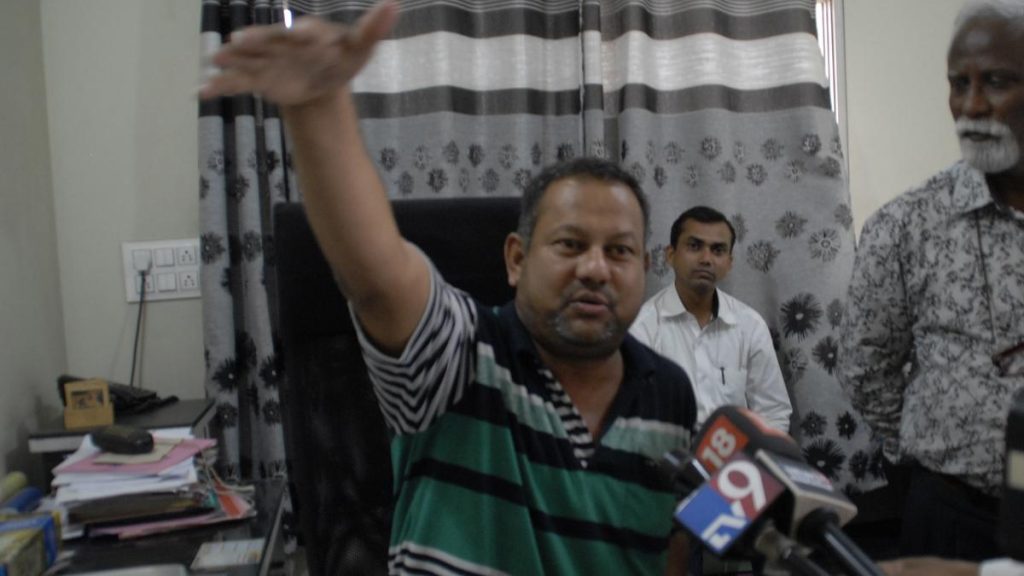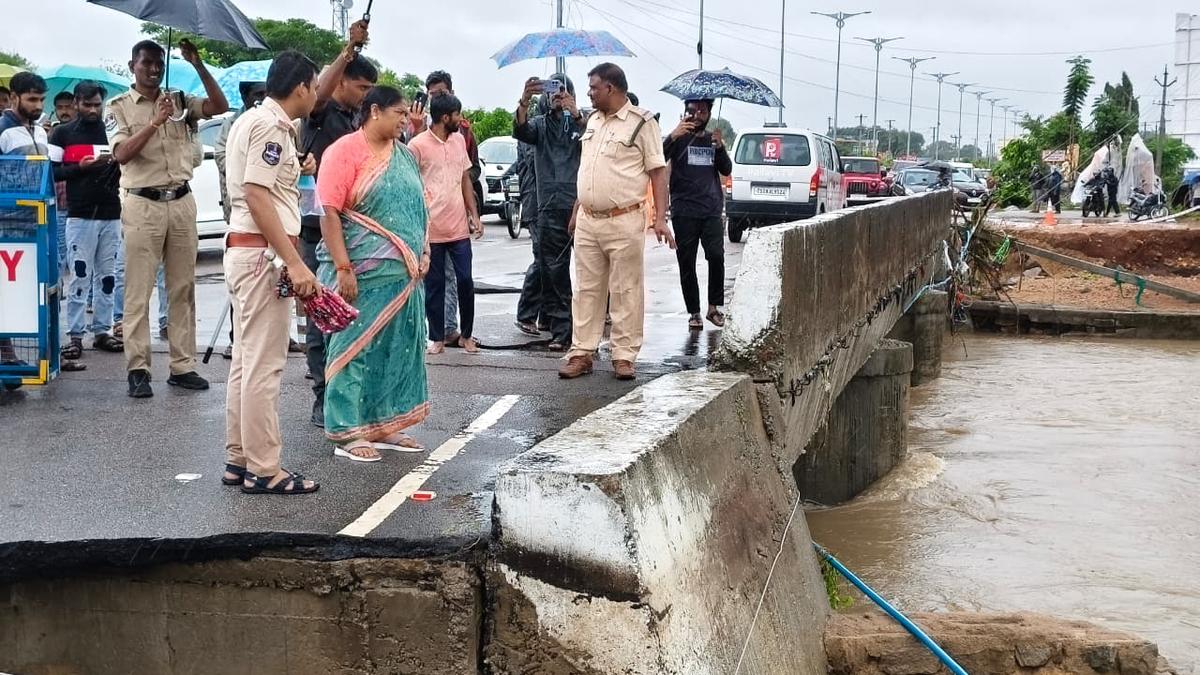Now Reading: Karnataka: Heavy Rains and Floods Destroy Crops Across 61,000 Hectares in Belagavi
-
01
Karnataka: Heavy Rains and Floods Destroy Crops Across 61,000 Hectares in Belagavi
Karnataka: Heavy Rains and Floods Destroy Crops Across 61,000 Hectares in Belagavi
Speedy Summary
- Preliminary estimates indicate crop losses across over 61,000 hectares in Belagavi district, Karnataka, due to heavy rainfall and flooding.
- A joint field survey (involving revenue, agriculture, and horticulture officials) is planned once the rain subsides.
- Major crops affected:
– Green gram on ~32,000 hectares.
– Maize on ~13,000 hectares.
– Soybean on ~3,600 hectares.
– horticulture crops on ~1,500 hectares. Other crops cover an additional ~12,000 hectares. Damage to sugarcane is still being evaluated as it may recover after rains reduce.
- deputy Commissioner Mohammad Roshan assured compensation woudl be provided per government norms following the survey results.
- Water levels across rivers and reservoirs decreased slightly by August 28:
– Krishna river stored approx. 119 tmcft at Lal Bahadur Shastri reservoir versus its capacity of 123 tmcft. Inflow/outflow stood at 1,50,365 cusecs.
– Ghataprabha river’s Hidkal reservoir was fully stocked at 51 tmcft, with inflow/outflow figures of 7,890 cusecs and 4,989 cusecs, respectively.
– Malaprabha river’s Renuka Sagar dam stored nearly full capacity-36 out of its maximum capacity of 37 tmcft.
Indian Opinion Analysis
The heavy rains in Belagavi highlight both the vulnerability of farmers to erratic weather patterns and the importance of efficient disaster management systems in rural India.The estimated crop damage emphasizes how natural calamities can disrupt agricultural productivity-the backbone of regional economies like Karnataka’s-and place notable pressure on government relief systems.
Focusing specifically on green gram losses reflects its high cultivation area in Belagavi; this could impact local food supply chains or farmer incomes significantly if immediate action isn’t taken post-assessment surveys. Meanwhile the reassurances from officials about compensations suggest proactive engagement but will put administrative mechanisms for disbursing funds directly under scrutiny.
in terms of water management infrastructure like reservoirs/dams along Krishna tributaries-while their full capacities might mitigate water shortage risks elsewhere-it necessitates monitoring inflow fluctuations closely amidst changing rain patterns to prevent adverse flood scenarios downstream.
Overall managing post-disaster recovery efficiently will not only assist affected communities restore livelihoods-but also serve critical learning basis enabling preparedness against future climate-linked adversities increasingly affecting India’s agriculture-dependent zones.Image Credit: BADIGER P.K., featuring Gokak falls (Belagavi).
Read more: [Insert original Source Link]
























